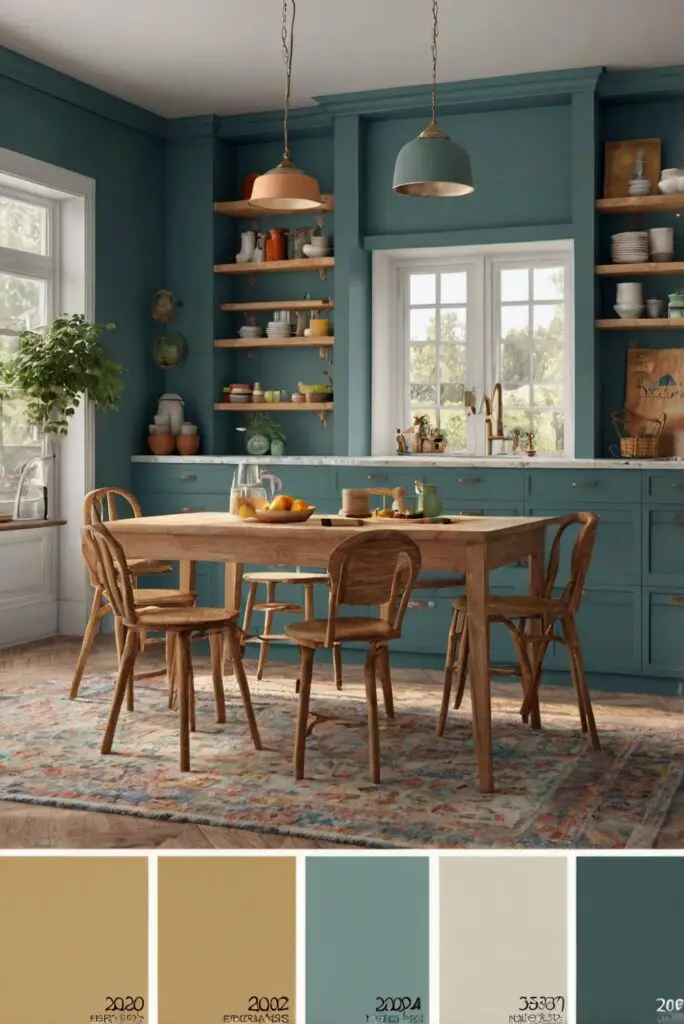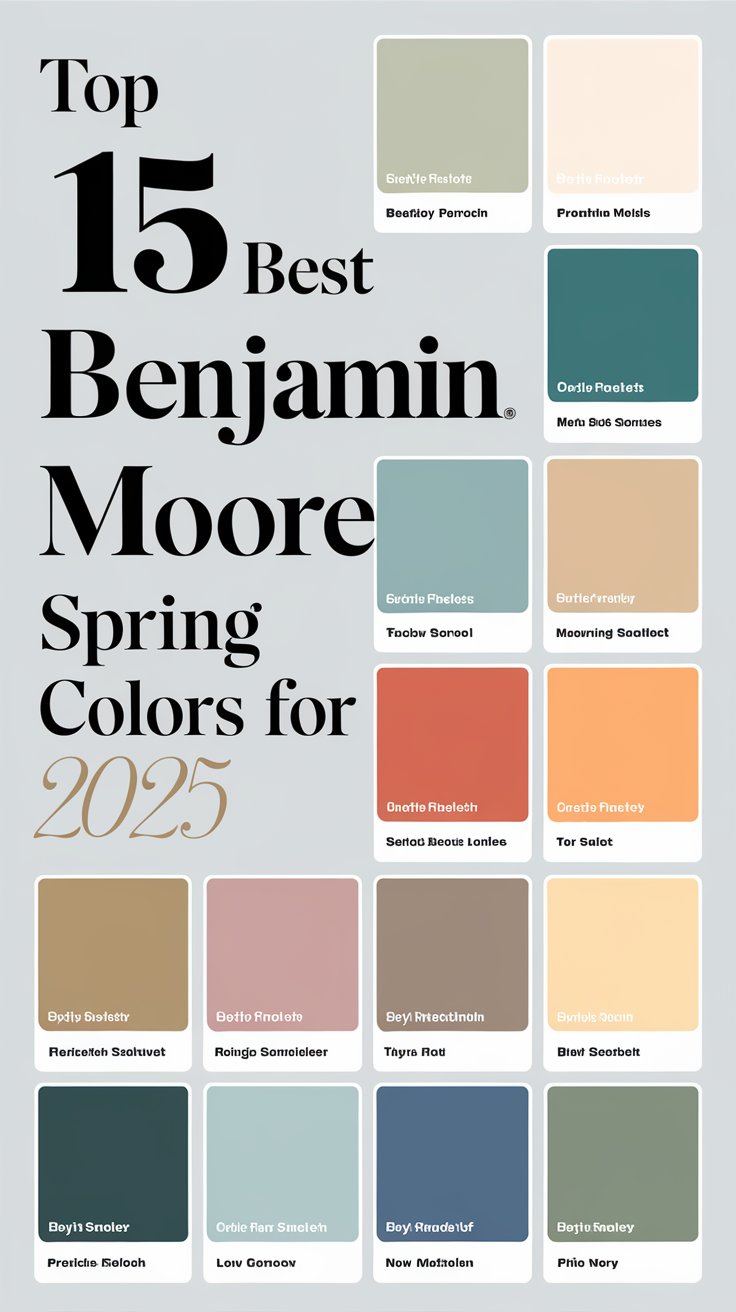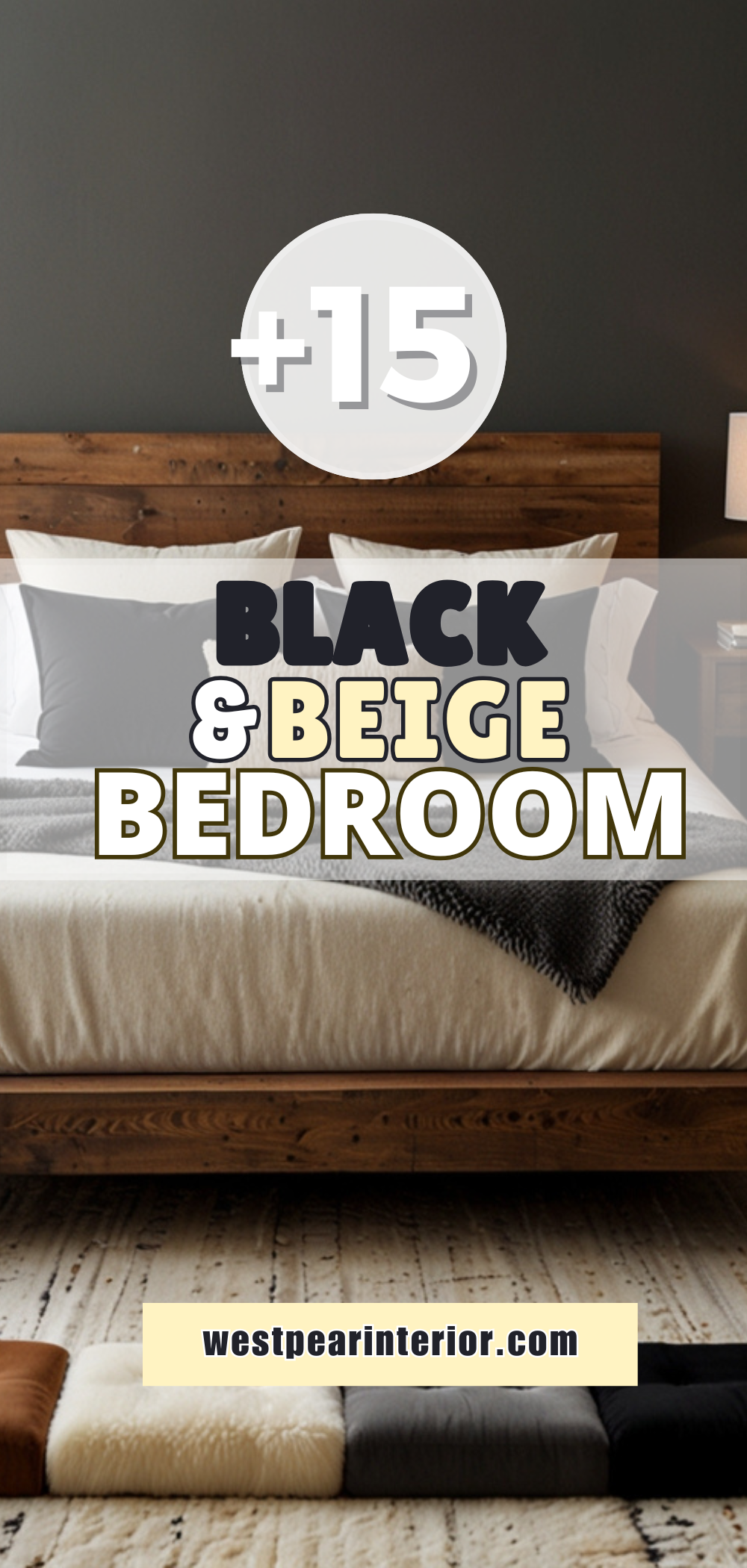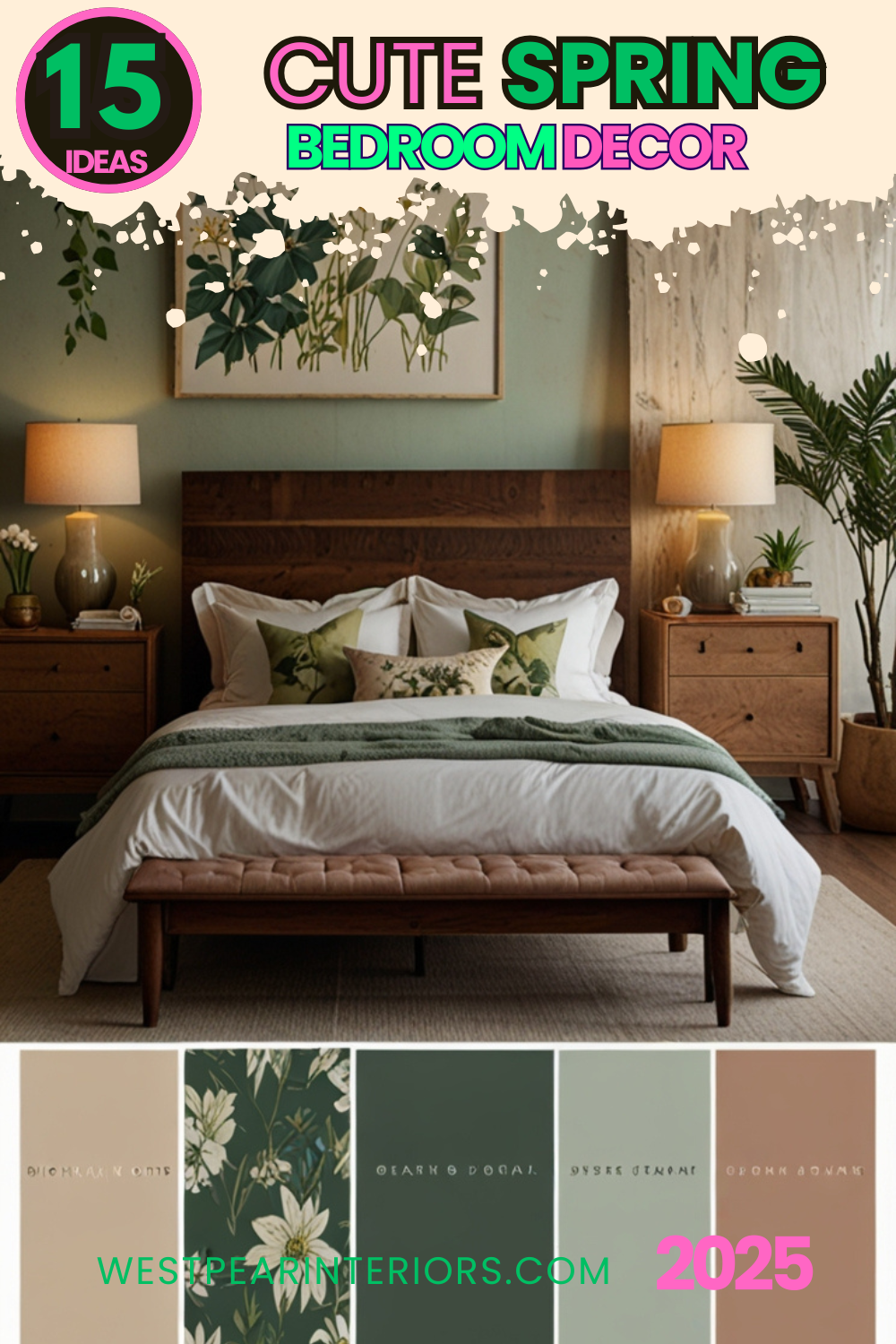Discover the most captivating ways to use color in your bedroom. Explore creative ideas to transform your space with style.
**What’s your favorite way to use color in your bedroom?**
My favorite way to use color in the bedroom is to create a calming and relaxing atmosphere. I usually opt for soft, pastel shades like light blue, lavender, or pale green. These colors help create a tranquil space that promotes rest and relaxation. To add some visual interest, I like to incorporate pops of color through accessories like throw pillows or wall art. When selecting colors, I consider the overall theme of my bedroom decor and try to create a cohesive look. It’s important to remember that different colors can have different effects on mood, so choosing the right color palette is key to creating a harmonious space for rest and relaxation.
My Lovely Spring Paint for 2025
Ready for a Spring Makeover? Explore the Freshest 2025 Paint Trends!
White Sage/Green SW Pistachio green Soft blue Honeysweet/Orange Pink Sugar Sage Tint BMAs an Amazon Associate, I may earn a commission from qualifying purchases at no extra cost to you.
Additionally, I also pay attention to the natural light in the room as it can affect how colors appear. It’s essential to test paint colors in different lighting conditions, such as natural daylight and artificial light, to ensure the desired look. Investing in high-quality paint and primer is also crucial for achieving a smooth and durable finish.
I enjoy exploring various paint finishes like matte, satin, or gloss to add depth and texture to the walls. By experimenting with different colors, finishes, and lighting, you can transform your bedroom into a personalized sanctuary that reflects your style and promotes relaxation.
In terms of decorating interiors, working with interior designers who specialize in space planning can help optimize the layout and flow of your bedroom. They can provide expert advice on selecting the right colors, furniture, and decor to create a cohesive and visually appealing space. When it comes to choosing paint colors, color matching is essential to ensure a harmonious look throughout the room. By using a color wheel or consulting with a designer, you can find complementary or analogous hues that work well together.
Overall, my favorite way to use color in the bedroom is to create a serene and inviting space that promotes relaxation and rejuvenation. With careful consideration of color palettes, lighting, and finishing touches, you can transform your bedroom into a comforting retreat that reflects your personal style and enhances your well-being.
How can I choose the right color scheme for my bedroom?
My fAV Spring DECOR for 2025
Discover Spring’s Best 2025 Decor Combinations – Perfect for Any Room!
Oversized Indoor Plants White Curved Sofas Rugs BOH Brown Cream Moroccan Hype Boho Rug Outdoor Patio Furniture Sets Topfinel Pillow CoversAs an Amazon Associate, I may earn a commission from qualifying purchases at no extra cost to you.
Choosing the right color scheme for your bedroom is crucial as it sets the tone and ambiance of the space. Start by considering the mood you want to create – calm and relaxing, energizing, or cozy.
Think about the size of your bedroom and the natural light it receives. Lighter colors can make a small room feel more spacious, while darker colors can add coziness to a large space.
Select a base color for the walls and larger furniture pieces, then add in accent colors through bedding, curtains, rugs, and artwork. Use color wheels or online tools to find complementary or analogous colors that work well together.
Consider the psychological effects of colors; for example, blue is calming, yellow is cheerful, and green is restful. Don’t forget to test paint samples on the walls to see how they look in different lighting throughout the day.
What is the best color to paint my bedroom walls for a relaxing atmosphere?
For creating a relaxing atmosphere in your bedroom, consider soothing and soft colors like light blues, gentle greens, soft grays, or lavender. These colors have a calming effect and can help you unwind after a long day.
Avoid strong and vibrant colors, as they may be too stimulating for a restful environment. Instead, opt for muted tones that promote relaxation and tranquility. Soft neutrals like beige and off-white can also create a serene backdrop for your bedroom.
Can I mix different colors in my bedroom decor without clashing?
Yes, you can definitely mix different colors in your bedroom decor without them clashing. The key is to ensure that the colors complement each other harmoniously.
One approach is to use a color scheme based on the 60-30-10 rule: 60% of a dominant color (usually a neutral), 30% of a secondary color (complementary to the dominant color), and 10% of an accent color for pops of vibrancy. This ensures a balanced and cohesive look.
Consider the undertones of the colors you choose to maintain a cohesive feel. Stay within the same color family or choose shades that are of similar intensity to avoid clashes.
How can I incorporate pops of color into a neutral bedroom palette?
Adding pops of color to a neutral bedroom palette can bring vibrancy and personality to the space. You can achieve this through accessories like throw pillows, blankets, artwork, or a statement piece of furniture.
Choose colors that complement the neutrals in your room. For example, if your bedroom is mostly white and beige, a pop of navy or mustard can create a striking contrast.
Consider using a triadic color scheme, where you pick three colors that are evenly spaced on the color wheel, to introduce a variety of colors while maintaining balance. Keep the majority of your space neutral and use pops of color strategically to create visual interest.
What are some ways to use color to create a cohesive bedroom design?
To create a cohesive bedroom design with color, start by choosing a main color that you love and that reflects the mood you want to set. This could be the color of your walls, bedding, or a large piece of furniture.
Layer in different shades of the same color for depth and interest. Use varying tones and textures to add dimension to the room. Integrate patterns and prints that incorporate your chosen color palette to tie everything together.
Consider the finish of your chosen colors as well – glossy finishes can reflect light and make a space feel more open, while matte finishes create a cozy and intimate atmosphere.
Is it better to use bold or subtle colors in a small bedroom?
When designing a small bedroom, it’s generally better to use subtle colors to make the space feel more open and airy. Light, soft hues like pastels, whites, and light grays can maximize the perceived size of the room.
Bold colors can visually shrink a space, so if you prefer brighter shades, consider using them as accent colors rather than dominating the entire room. A feature wall in a bold color or vibrant bedding can add personality without overwhelming the space.
Using a monochromatic color scheme with varying shades of the same color can create a sense of continuity and spaciousness in a small bedroom.
How can I use color to make a small bedroom appear larger?
There are several color techniques you can use to make a small bedroom appear larger. One effective method is to paint the walls and ceiling the same light color to create a seamless look that visually expands the space.
Incorporating mirrors can also help reflect light and give the illusion of a larger room. Consider using mirrored furniture pieces or hanging a large mirror to bounce light around the room.
Avoid contrasting colors or busy patterns that can break up the visual flow of the room. Instead, opt for a cohesive color palette that creates a sense of openness and airiness.
What’s your favorite way to use color in your bedroom?
My favorite way to use color in a bedroom is by selecting a calming base color for the walls and then adding pops of vibrant, contrasting colors through accessories. For example, I love painting my walls a soothing light blue or soft gray and then incorporating colorful throw pillows, rugs, and artwork in shades of mustard yellow or deep teal.
By keeping the main elements of the room neutral and introducing color through easily changeable items, I can update the look of my bedroom whenever I want without a major overhaul. This approach allows me to experiment with different color combinations and styles to suit my mood or the season.
Concluding Thoughts
Color plays a significant role in creating a harmonious and inviting bedroom space. Whether you prefer soft, subtle hues or bold, vibrant tones, understanding color theory and its impact on room design can help you achieve the desired mood and atmosphere. By thoughtfully selecting a color scheme, incorporating pops of color strategically, and considering the size and lighting of your bedroom, you can transform your space into a personalized sanctuary.
Key Takeaways:
– Choose a color scheme based on the mood you want to create and the size of your bedroom.
– Incorporate pops of color through accessories to add vibrancy to a neutral palette.
– Mix different colors by following the 60-30-10 rule for a cohesive look.
– Use subtle colors in small bedrooms to maximize space perception.
– Create a sense of continuity with varying shades of the same color.
– Make a small bedroom appear larger by using light, cohesive colors and mirrors effectively.







